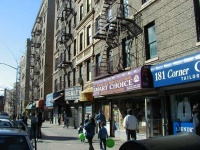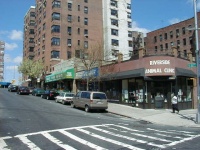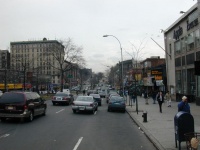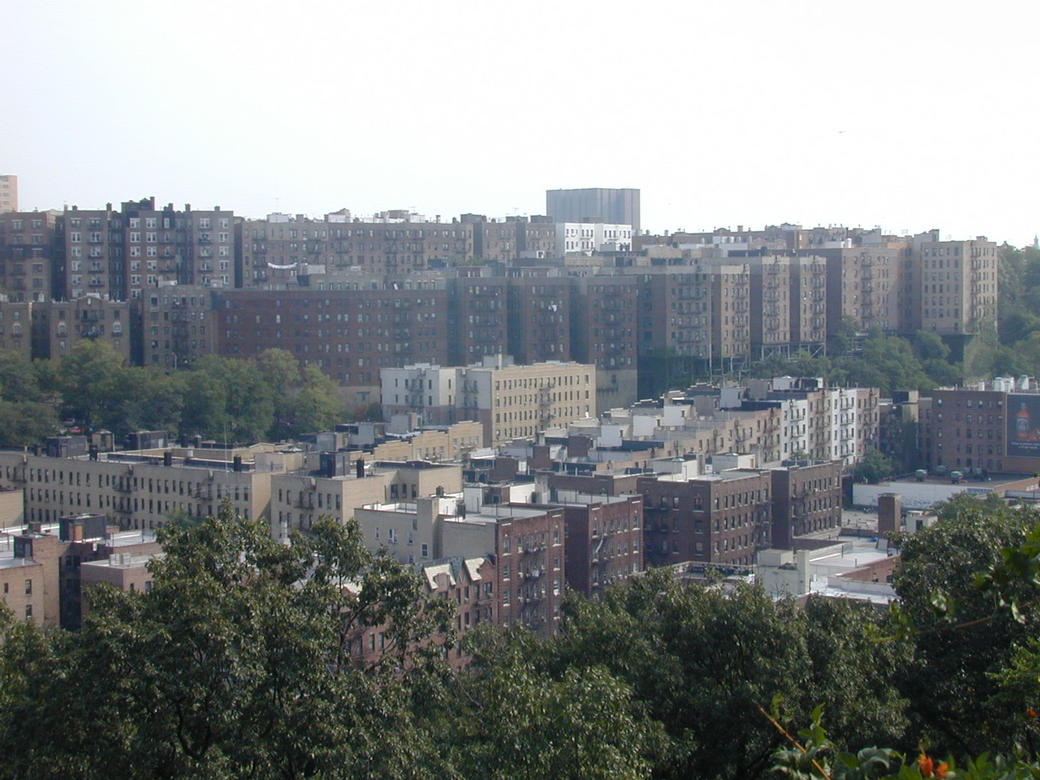From The Peopling of New York City
Please click here
WHERE CAN I FIND DOMINICANS?
At the time of the 2000 census, there were 1,041,910 Dominicans (individuals claiming Dominican ancestry) living in the United States. That means one out of every three Dominicans was born and raised in the U.S.! By 2006, the figure was even higher (about 1.2 mil), and there are some who believe that they may overtake Cubans by 2010, to become the third largest Hispanic population in this country. In New York, where the Dominican population is highest, they are the second-largest Hispanic group, and could soon surpass even Puerto Ricans in number, to become the largest Hispanic community! In the late 90’s, they were the fastest growing immigrant population in the city.
About 7 percent of New York’s total population is Dominican, or 617,901 people. Of these, about 555,000 live in the city (approximately 53.2% of all Dominican Americans). As you can see from the numbers, this still leaves about half of the total Dominican population unaccounted for. The remainder are scattered throughout the U.S., everywhere from Hawaii to Alaska! Of course, most (86.3%) have settled within the northeast, Outside of New York, New Jersey (168,000), Florida (137,000), Massachusetts (84,000), Rhode Island (31,000), Pennsylvania and Connecticut have the largest numbers of Dominicans, meaning each of these 7 states has over 15,000 Dominicans.
There are some communities where over 20% of the inhabitants identify themselves as Dominican (e.g. Lawrence, Massachusetts – 22.47%)! At any rate, if you really want to find Dominicans, the best place to start looking is right here in New York City!
Within the City, the largest Dominican community, hands down, is Washington Heights, Manhattan. The lower East Side; Corona, Queens; Woodside and Sunnyside in southwestern Queens; the West Bronx (particularly University and Morris Heights); Staten Island; and southern Brooklyn also all have sizeable Dominican populations. The Bronx has nearly as many Dominicans as Manhattan,together they contain 32.7% of the entire U.S."Dom-Am" population. The City of Yonkers, just outside the Bronx, in Westchester County, also has a significant, growing population.
Please click here
Washington Heights
Today, the area between 155th St and Inwood is considered Washington heights. However, Dominican Washington Heights, the area with the highest Dominican American concentration, stretches about 35 blocks along northwestern Manhattan, running from 160th – 189th St. between Broadway, St. Nicholas Blvd, and Fort Washington. Its Dominican population is so dense, that sometimes it’s referred to as “Quisqueya Heights”, (Quisqueya being an affectionate term for the Dominican Republic). While here, if you close your eyes, it is easy to imagine oneself in the Dominican Republic. The sweet sounds of salsa, Merengue, and Bachata trail through the air, along with the newer Reggaeton. Neighbours speak to one another in ‘Spanish,’ generally the Dominican vernacular version of Spanish, and the savoury scent of ‘patelitos’ waft along the breeze. (In order to understand their language, think about any West Indians you know, perhaps Jamaicans. How do they speak English? Well, that's the same way Dominicans speak the classical Castilian Spanish, only with an even more pronounced difference.) Storefronts advertise their wares in both Spanish and English, and one can buy any number of Dominican goods from the numerous Bodegas (small independent grocery stores). Even larger, more established institutions, such as the Columbia Presbyterian Hospital offer multilingual services as a matter of course. The Dominican flag flies alongside its star-spangled counterpart, and church services are conducted in keeping with Dominican tradition. Restaurants cater to ethnic tastes, and coffee carts converted to patelito stands stroll along the pavement. The Dominican culture is so dominant, that some residents have never bothered to learn English, because they can conduct all their important affairs in Spanish, just as at home.However, the area is gradually changing as more families – second-generation Dominicans – move away to different neighbourhoods. Today, the focus is on getting an education, a good job, and moving to a better area. While the Dominican prescence is still overwhelmingly strong, immigration has definitely slowed. Chain stores are beginning to replace “mama y papa” bodegas, and white non-hispanic faces are becoming more prevalent. As rents rise, some pay as little as $600 per month, while others pay $1800. This has helped fuel a tiny exodus as store owners and tenants search for cheaper rents. Despite these changes, most residents are confident that their “Quisqueya Heights” won’t change anytime soon. It will be interesting to see what the future holds.
References
1. http://www.nytimes.com/2007/03/04/nyregion/thecity/04domi.html?_r=1
2. http://cityroom.blogs.nytimes.com/2009/03/20/ask-about-dominicans-in-new-york-part-3/
3. http://www.nyu.edu/classes/blake.map2001/dominican2.html
5. http://en.wikipedia.org/wiki/Dominican_American#cite_note-5
6. http://www.earthinstitute.columbia.edu/cgsd/advising/documents/rivera_batiz.pdf
7. http://www.everyculture.com/multi/Bu-Dr/Dominican-Americans.html
8. http://www.watchtower.org/e/20000708a/article_01.htm
9. http://www.eric.ed.gov:80/ERICDocs/data/ericdocs2sql/content_storage_01/0000019b/80/17/34/68.pdf
- Return to Residential Patterns
- Return to Dominicans




